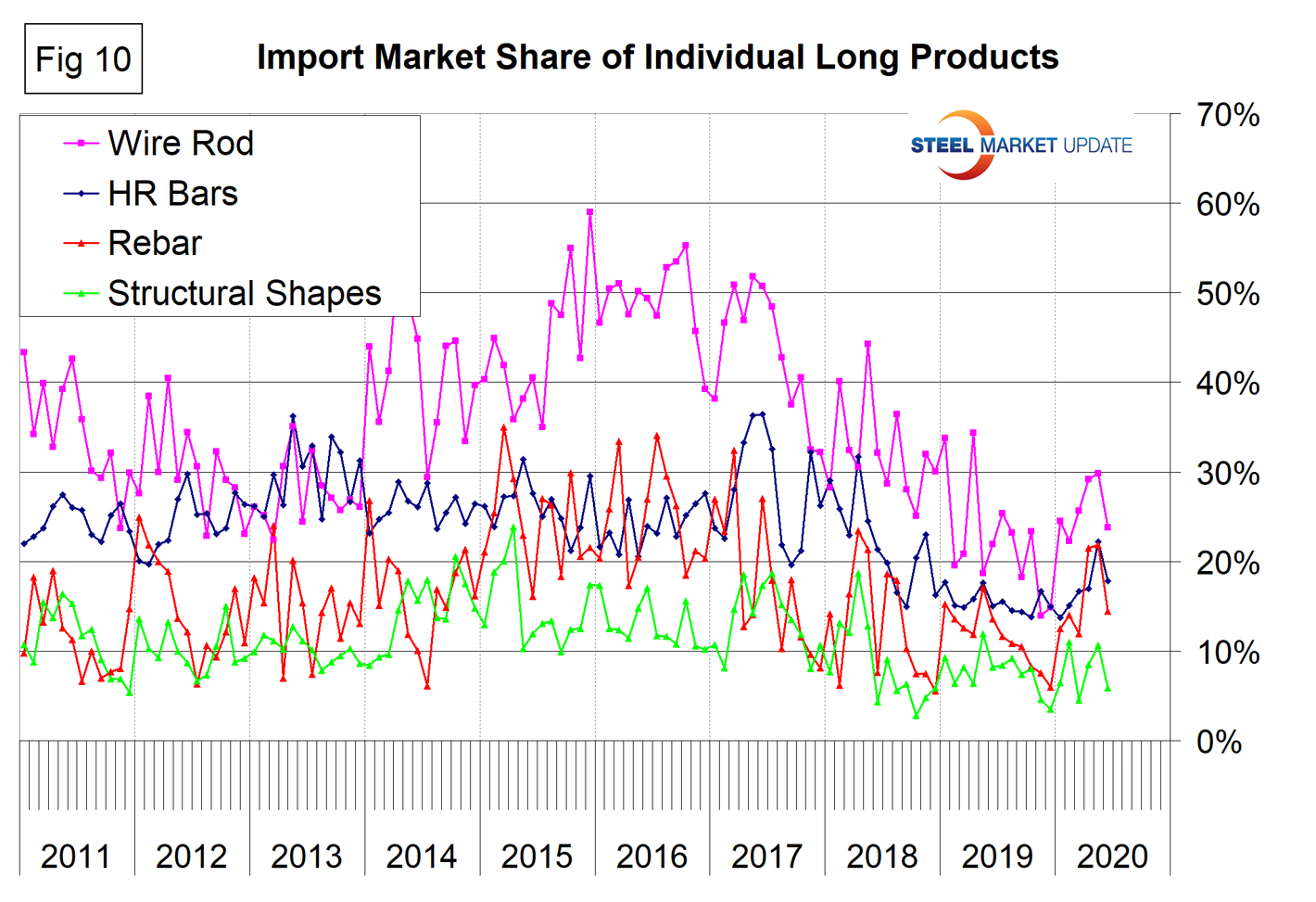Long Products
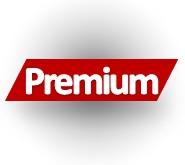
March 8, 2020
Import Market Share for Sheet, Plate, Longs and Tubulars
Written by Peter Wright
In spite of the widely reported decline in import volume, import market share increased in the second quarter. Last week we reported that June was the eighth consecutive month in which imports were down by more than 20 percent compared to the same month last year. This has not been the case for import market share, which increased in three months compared to 12 months for 15 of the 16 products considered in this report.
Table 1 shows total supply to the market in three months through June and in 12 months through June for the four product groups and the 16 subcategories. Supply to the market is the total of domestic mill shipments to domestic locations plus imports. It shows imports on the same three- and 12-month basis and then calculates import market share for the two time periods for 16 products. Finally, it subtracts the 12-month share from the three-month share and color codes the result green or red. If the result of the subtraction is positive, it means that import share is increasing and the code is red. The big picture is that import market share increased in three months compared to 12 months for all of the 16 products considered except coiled plate.
There is a huge difference in import market share between products with each of the tubular products and coiled plate being the worst cases. See note below about tubular products.
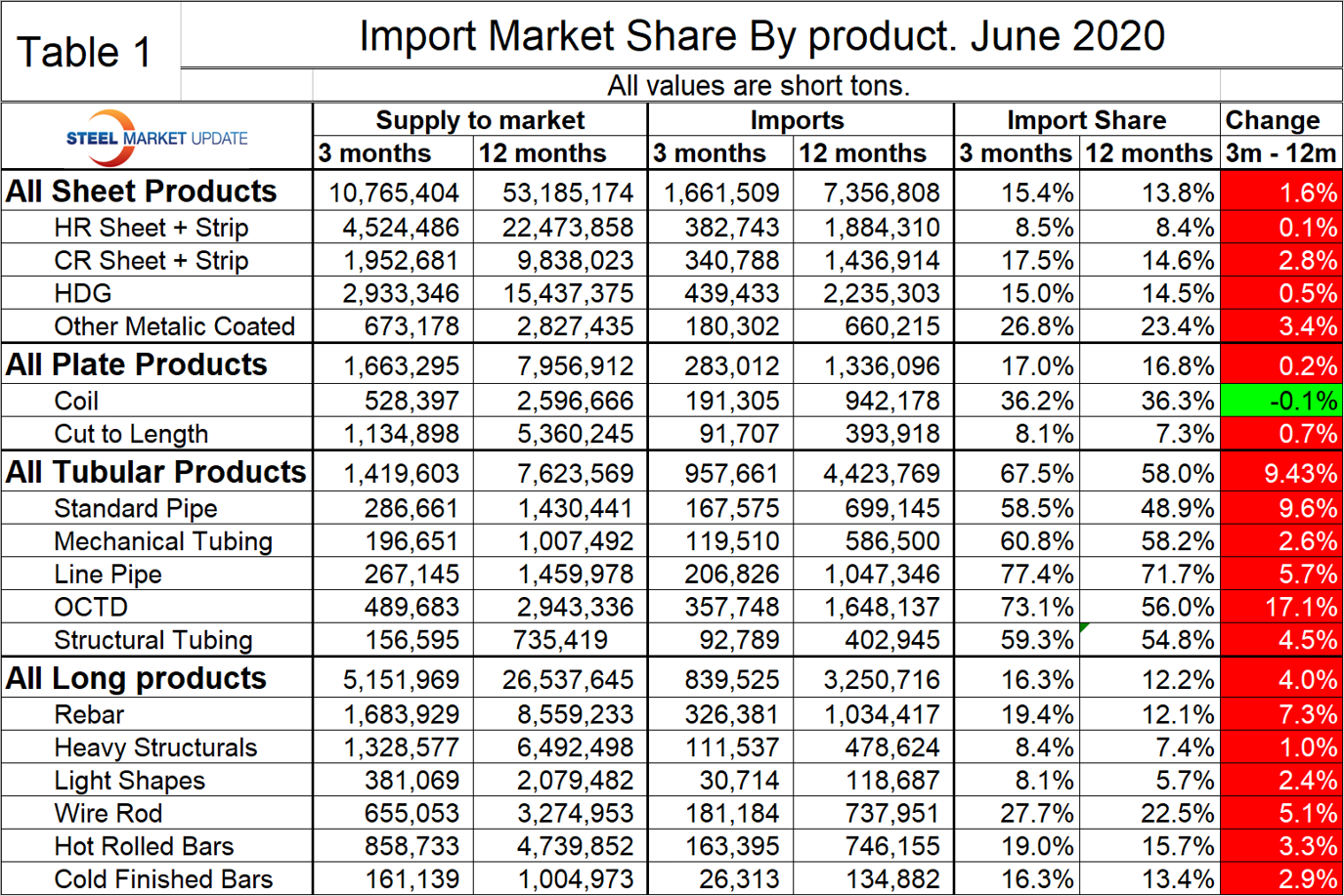
Figure 1 shows the historical import market share of plate and sheet products. The import share of plate has been decreasing erratically since February 2015. Sheet product import share has been relatively stable for a year and a half.
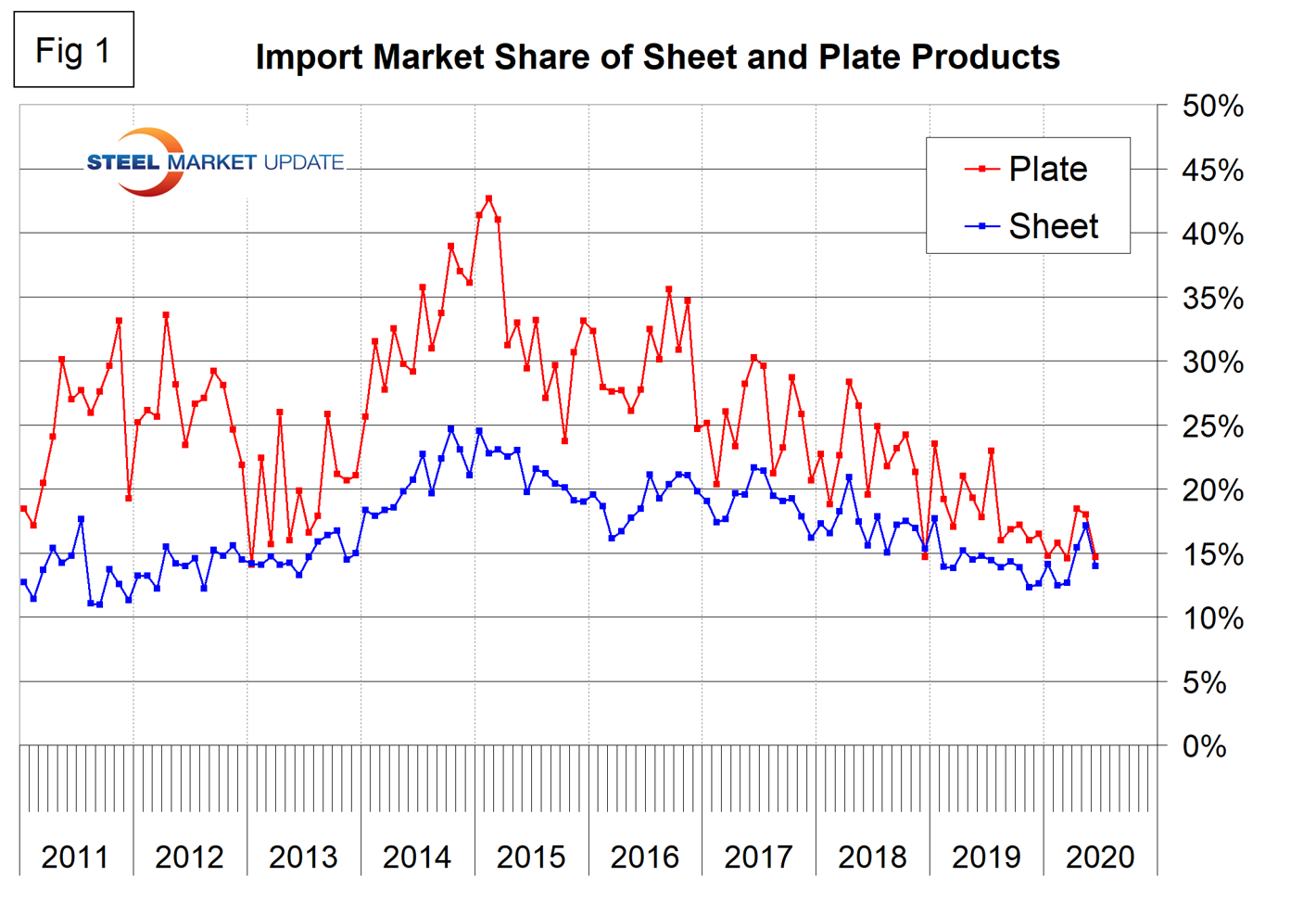
Figure 2 shows the import market share of the four major sheet products. Other metallic coated, (mainly Galvalume) has traditionally had by far the highest import market share, but the gap closed last December. Since then the import share of OMC has almost doubled. For the last four and a half years hot rolled coil has had the lowest import market share of the major sheet products and has been relatively consistent.
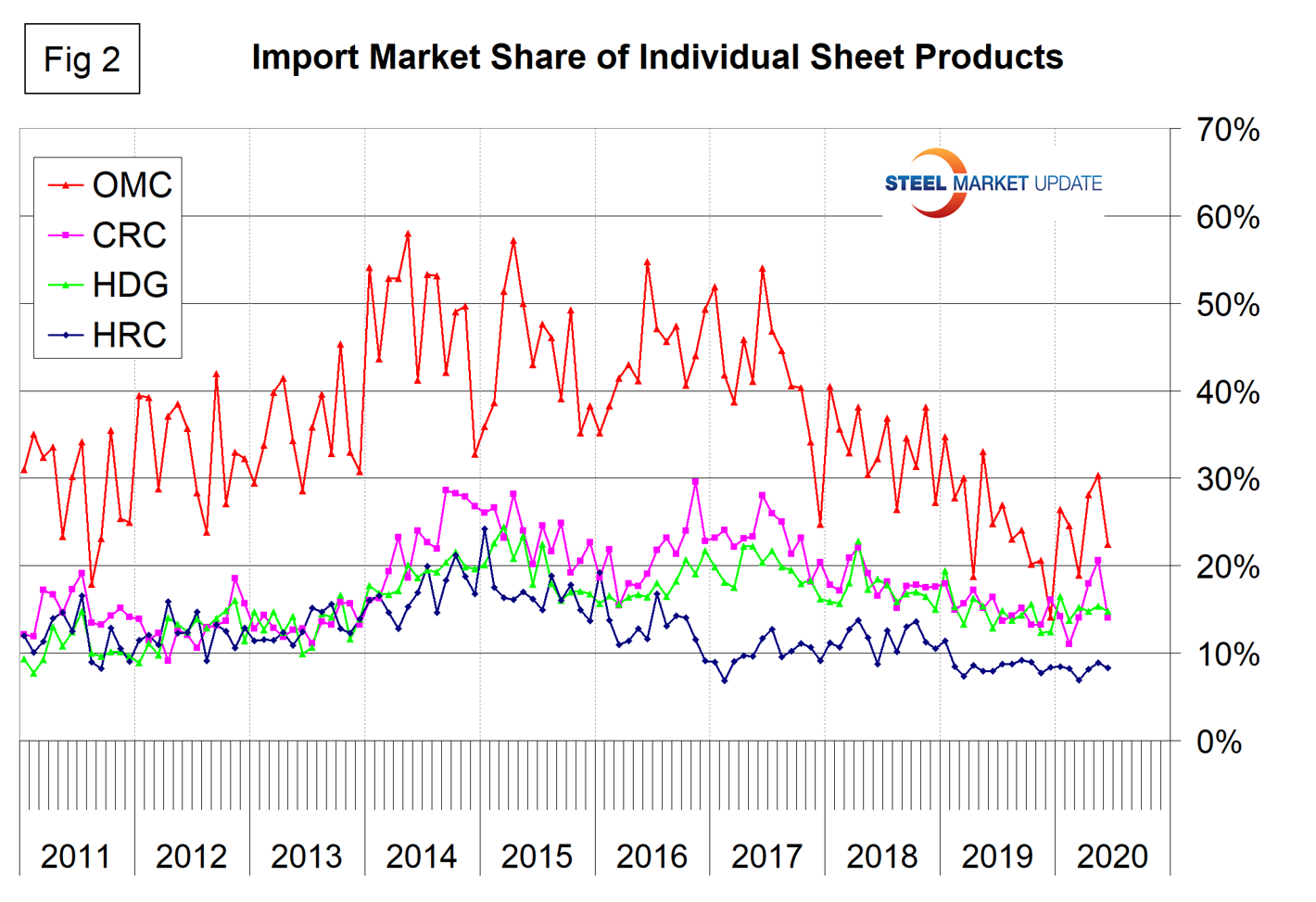
Figures 3, 4, 5, and 6 show domestic shipments, imports and import market share for the four major sheet products. OMC has traditionally had by far the highest import share and that is still the case.
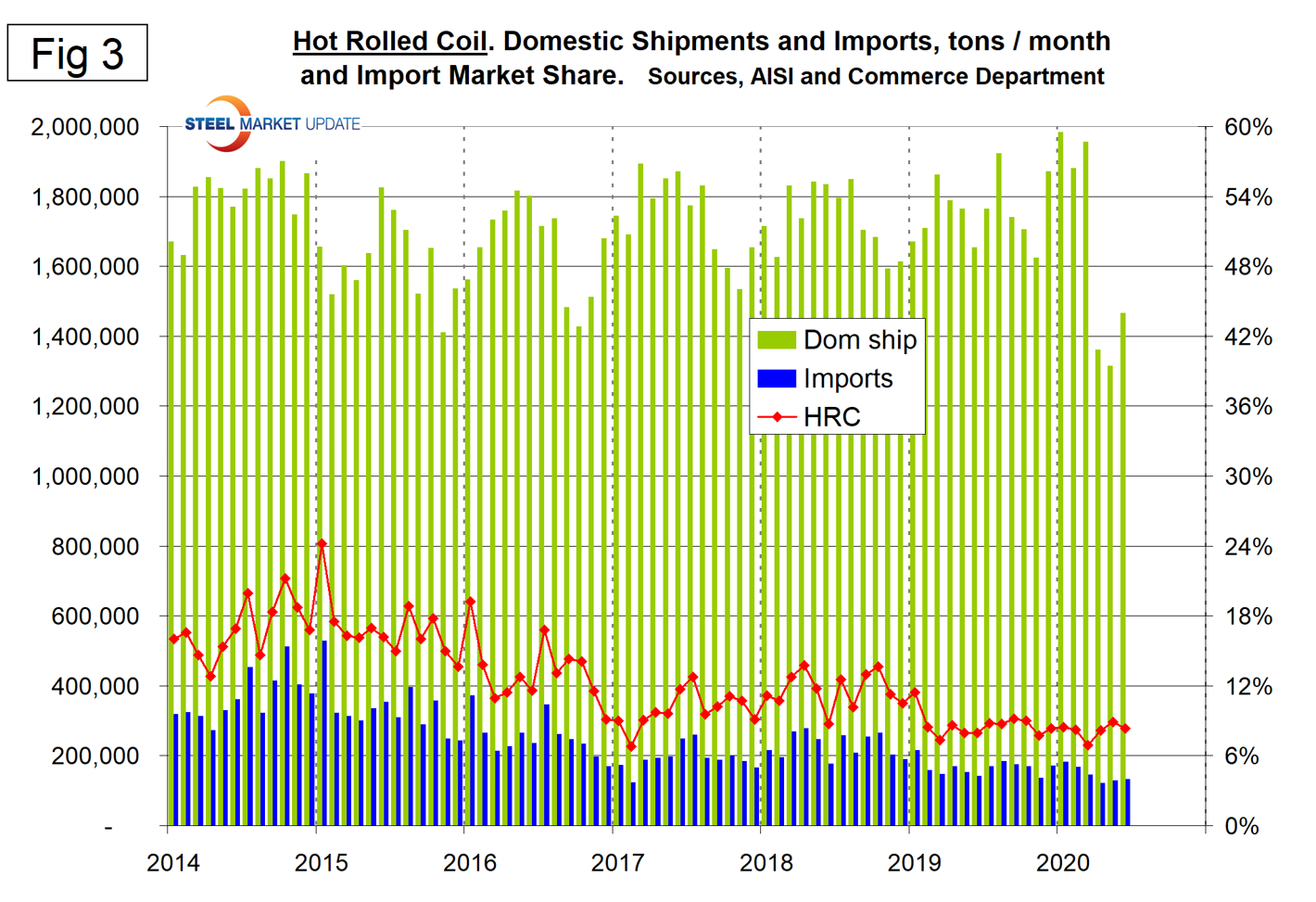
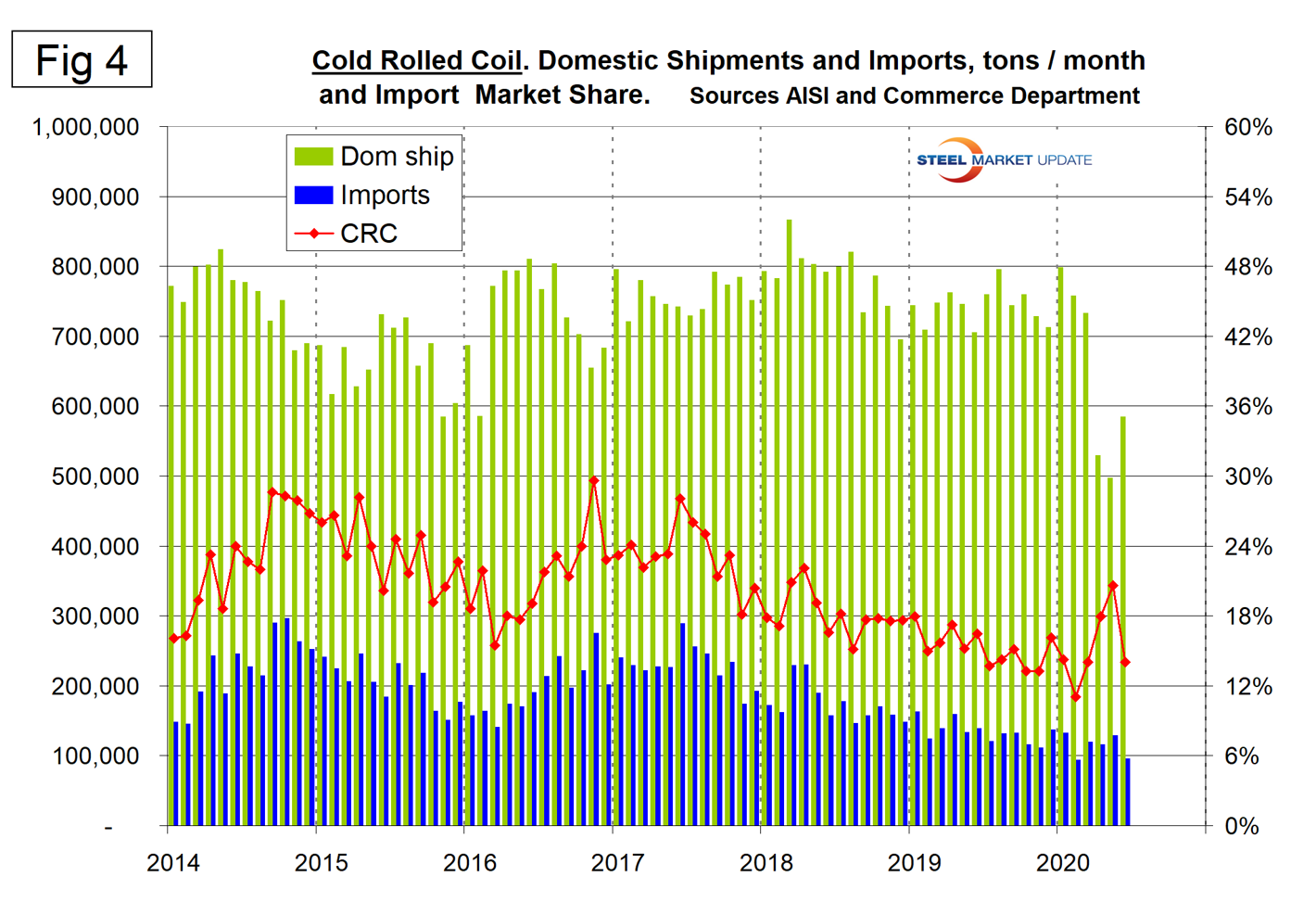
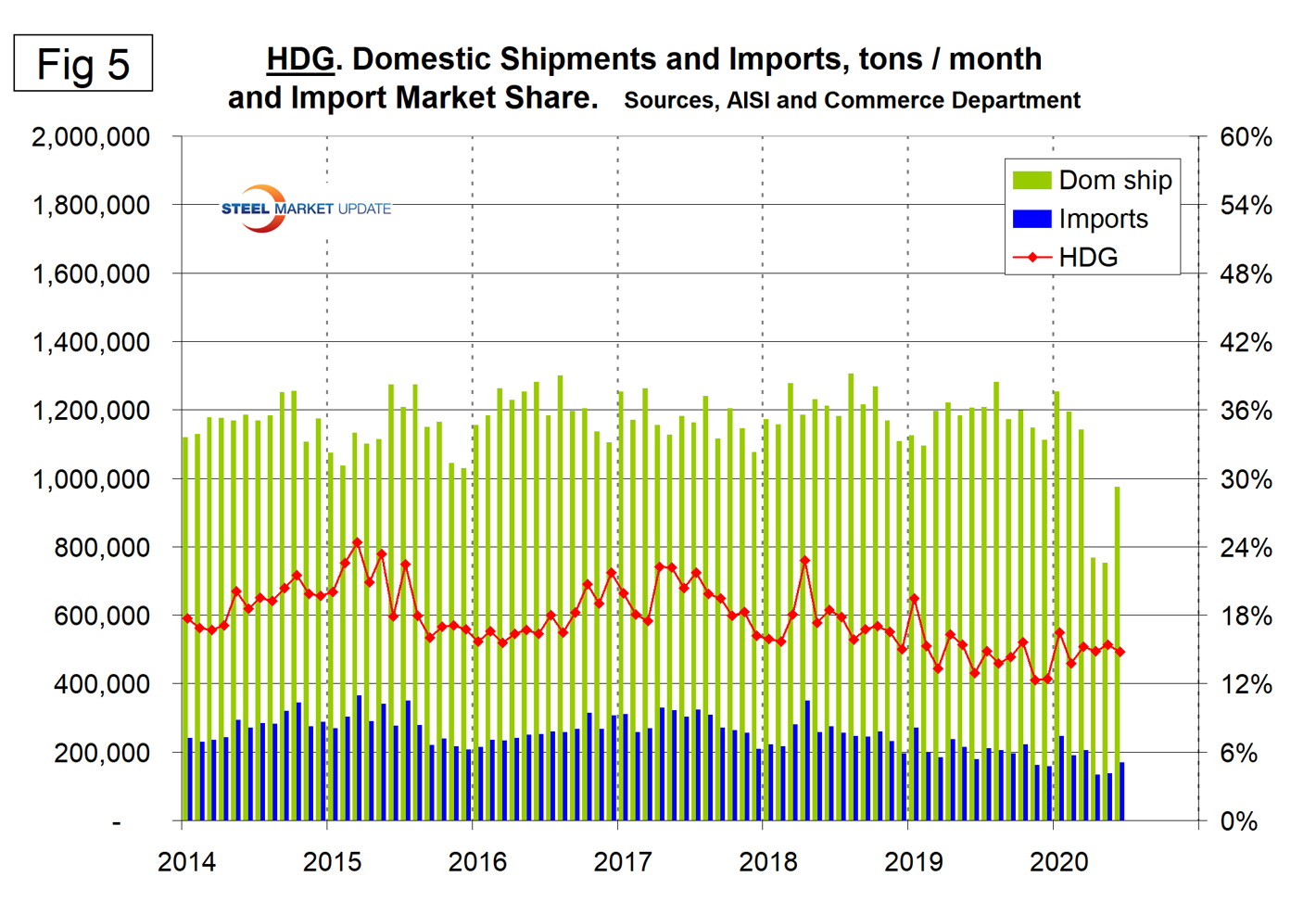
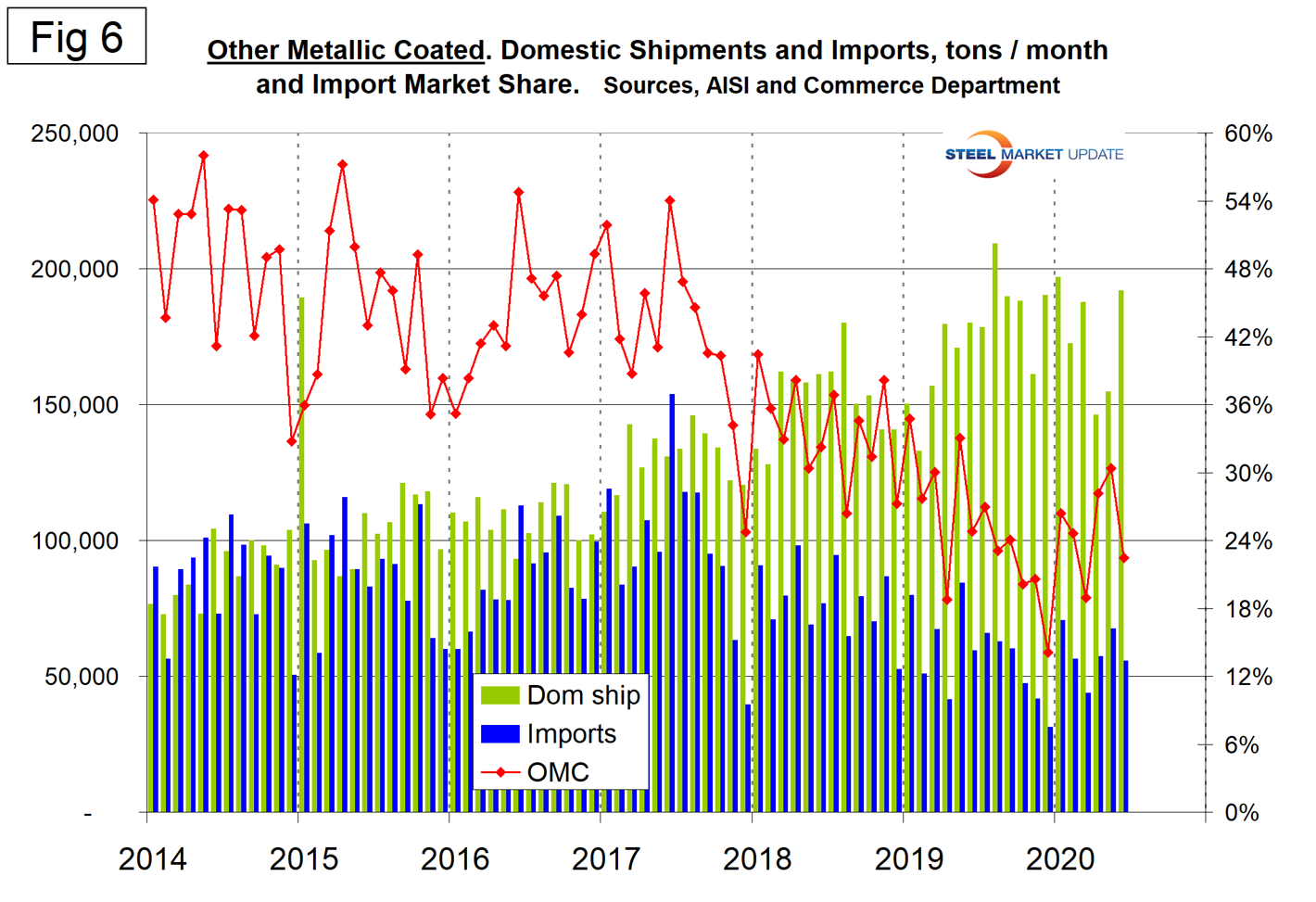
Figure 7 breaks out coiled and discrete plate from the flat rolled total and shows that coil imports have almost four times the import market share of CTL imports.
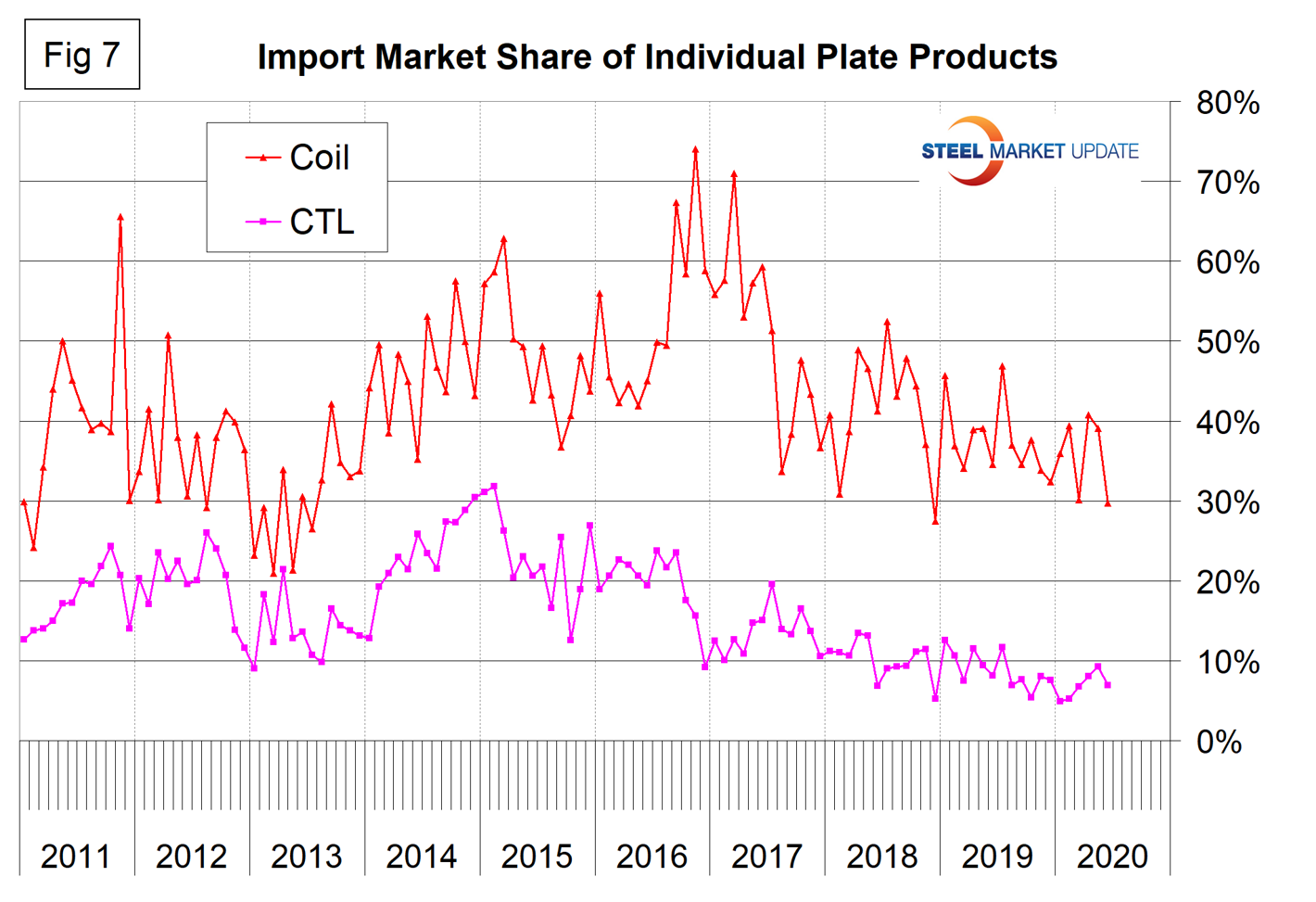
Figure 8 describes the total import share of tubular goods and long products. It is evident as we work the numbers that data for the domestic production of tubulars is greatly understated. This is probably because of a more fragmented supply chain and the independent tubers not reporting to the AISI to the extent that the steel mills do for other products. This has the result of increasing the apparent import market share. Even though we don’t believe these numbers for tubulars, we are including them here in the belief that trends should still have some validity. Since May 2018 the import market share of long products has been historically low.
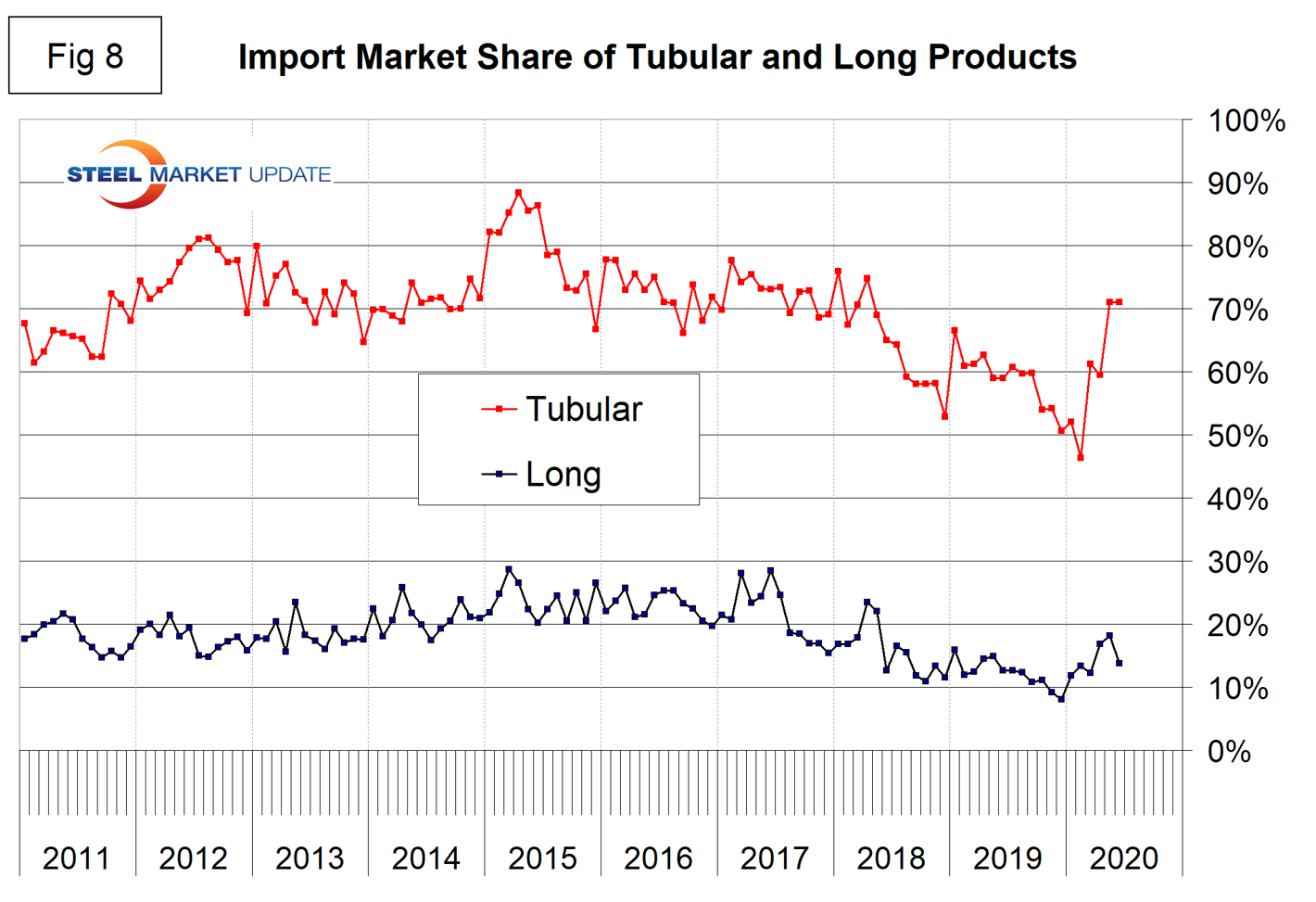
Figure 9 shows the import market share of the individual tubular products. Based on the available information, all are very high compared to other steel product groups. Since early 2016, line pipe had the highest import market share, but in May and June the share of OCTG more than doubled and took the top spot. This was due to a collapse in the domestic shipments of this product. We hope that the errors in the tubular data are consistent and the shape of the curves in Figure 9 is useful to industry professionals.
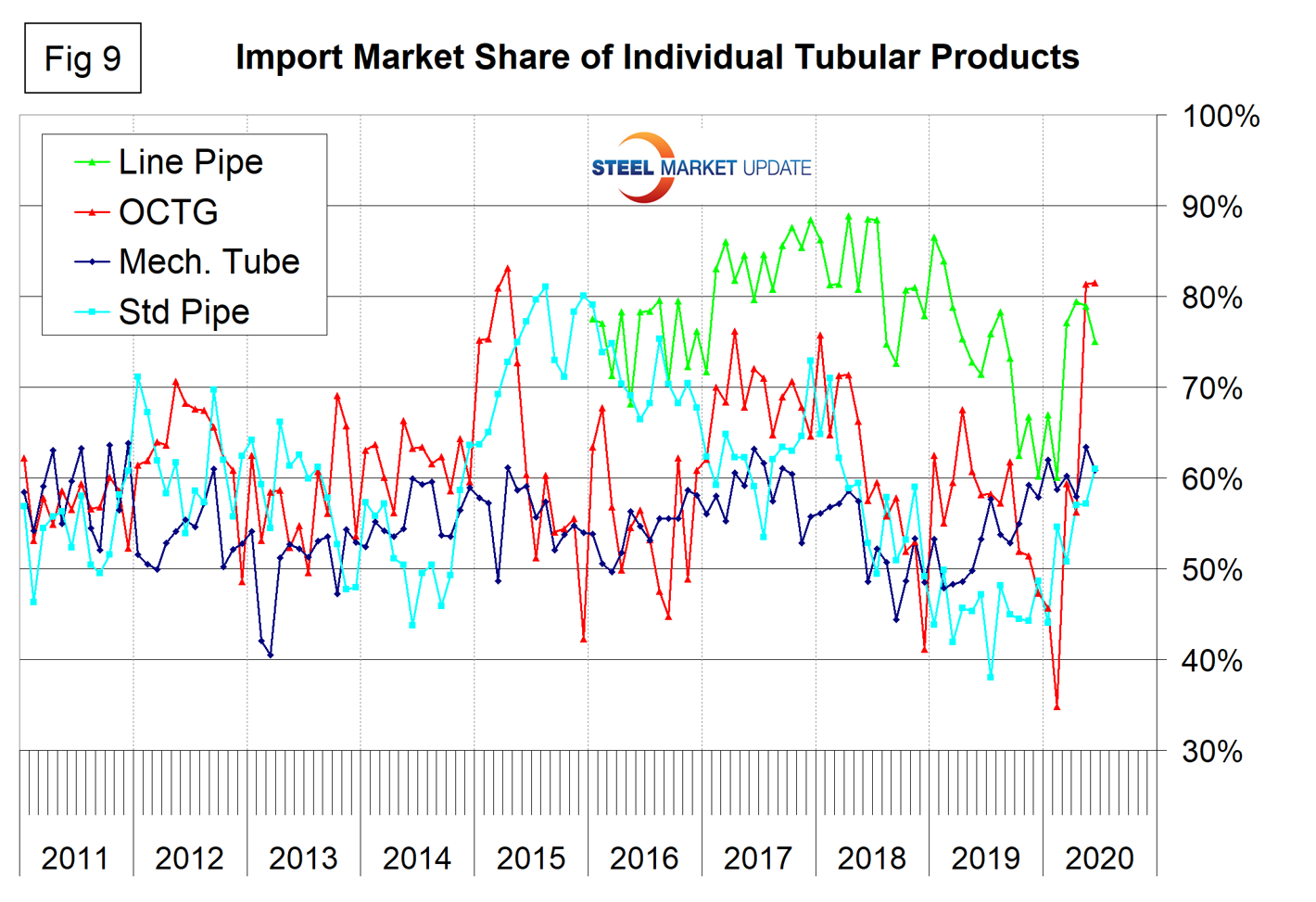
Figure 10 shows the detail for the four major sectors of the long product group. Wire rod plus drawn wire still suffer from the highest import volume, but the differential with other long products has declined since mid-2017. Rebar has been very erratic. The import share fell to a historically low level in December 2019, but since then has doubled. The import market share of structural shapes declined in the second half of 2019, but has since increased.
